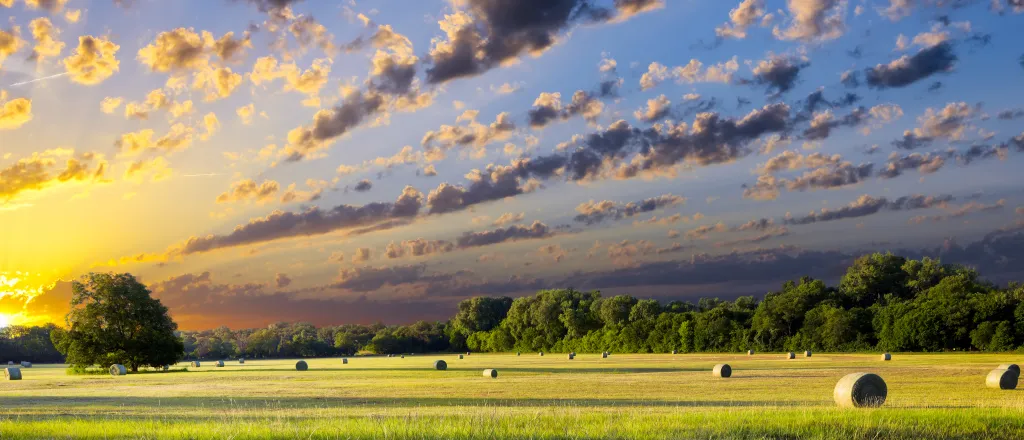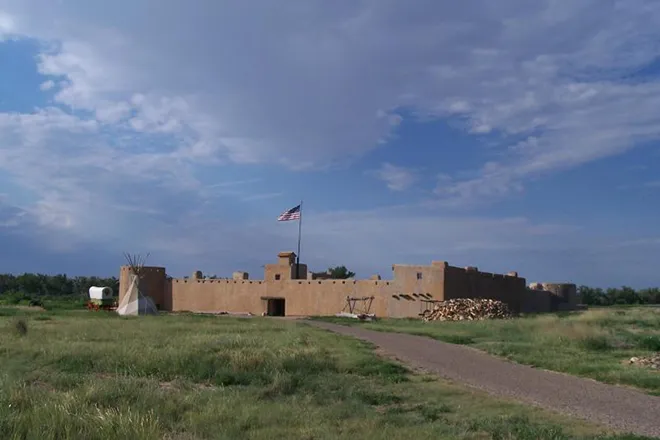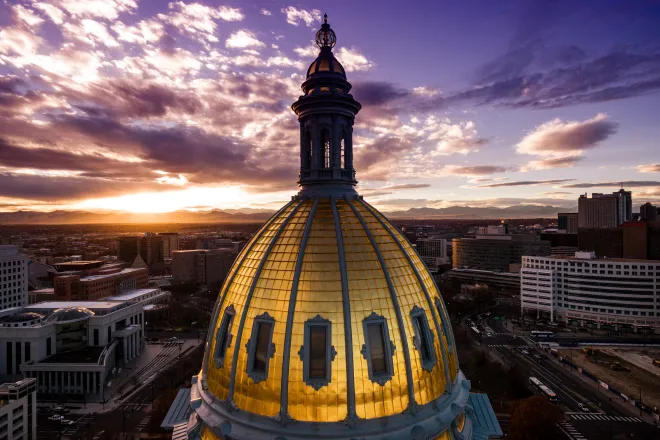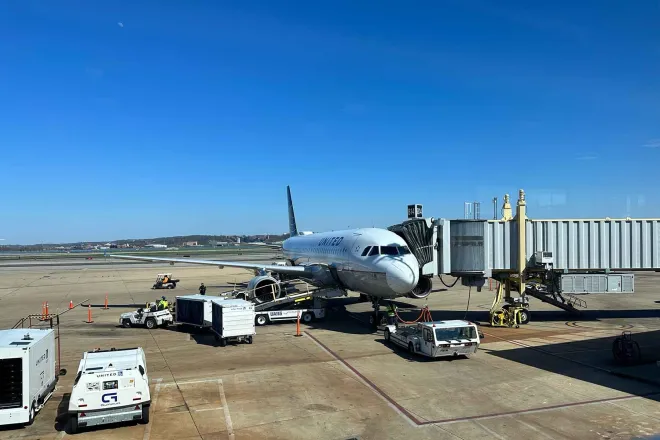
The Yonder Report: News from rural America - February 6, 2025
© Dean_Fikar - iStock-503150251
News from rural America.
During Black History Month, a new book shares how a unique partnership built 5,000 schools for Black students, anti-hunger advocates say ag communities would benefit from an expanded SNAP program, and Americans have $90 billion in unpaid medical bills.
TRANSCRIPT
♪♪ For the "Daily Yonder" and Public News Service, this is the news from rural America.
Congress is eyeing September to update the Farm Bill, now two years overdue.
Anti-hunger advocates are trying to protect the Supplemental Nutrition Assistance Program, formerly Food Stamps, but GOP members of the House Agriculture Committee want work requirements and steep cuts.
Salam Bhatti with the Food Research and Action Center says SNAP helps feed families and boost agriculture and struggling rural economies.
For every SNAP dollar, there's an economic impact of $1.54.
That is even more impactful within rural parts of the country.
Bhatti particularly wants to see the Thrifty Food Plan protected, that more accurately estimates the cost of groceries to determine SNAP benefits.
In 2023, he says one in seven rural households face food insecurity, and SNAP is their first line of defense.
SNAP is an economic investment that the federal government makes into its people and into its farmers.
Medical debt has an outsized impact on rural communities and their hospitals.
Anya Suppian explains.
Nearly half of all Americans have medical debt, about $90 billion in unpaid bills, according to the University of Minnesota's Rural Health Research Center.
Co-director Carrie Henning-Smith says that can spell trouble for rural families, communities, and hospitals that are already struggling.
But it's also gonna impact availability of care in rural communities and places that need that care the most.
She says commercial insurance leaves many rural residents underinsured, leading directly to delayed care and premature deaths.
Rural hospitals in states with expanded Medicaid are in better shape.
Some in Congress want to roll that back.
Smaller, rural facilities that have a more tenuous bottom line are some of the most impacted.
I'm Anya Suppian.
It's Black History Month, and a new book spotlights schools built for black students in the South between 1912 and 1937.
The Rosenwald Schools were a groundbreaking partnership between Northern Jewish American Julius Rosenwald, head of Sears Roebuck & Company, and Booker T.
Washington, a Southern African-American education leader.
Andrew Feiler is the photographer behind the book.
Medgar Evers, Maya Angelou, multiple members of the Little Rock Nine, and Congressman John Lewis all went to Rosenwald Schools.
The program built nearly 5,000 schools across 15 Southern and border states.
It's been called one of America's most transformative early 20th-century efforts.
Feiler spent some three years photographing about 100 of the 500 surviving schools and interviewing former students.
These places are the locus of history and memory of a community, and when we lose places and spaces like this, we lose a piece of the American soul.
For the "Daily Yonder" and Public News Service, I'm Roz Brown.
For more rural stories, visit dailyyonder.com.















